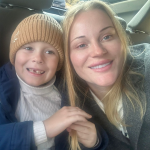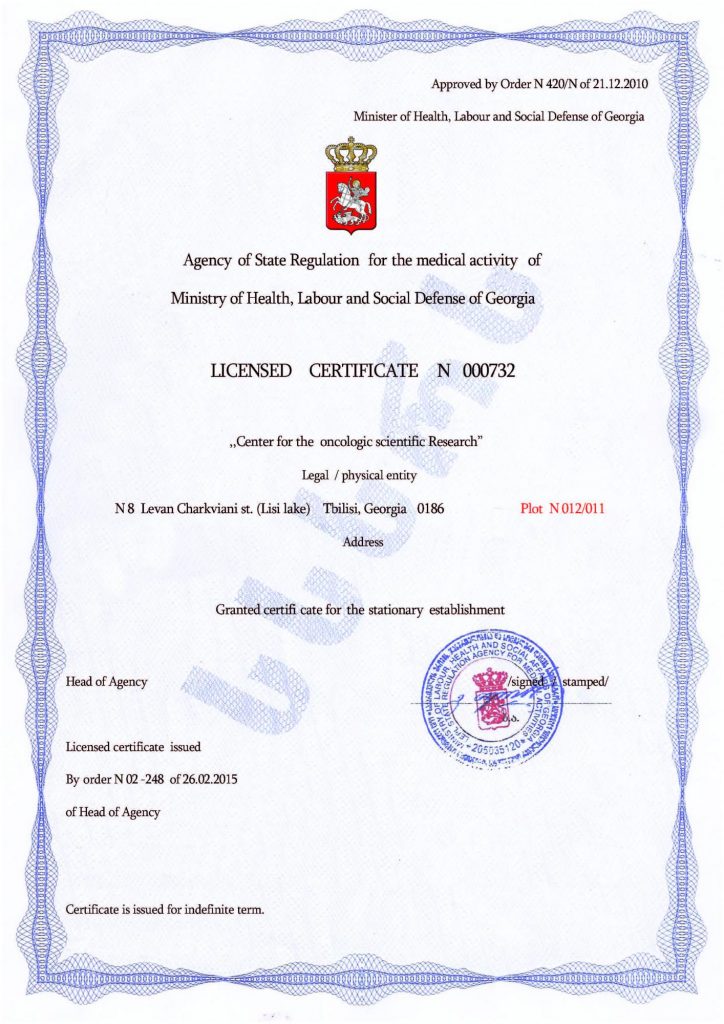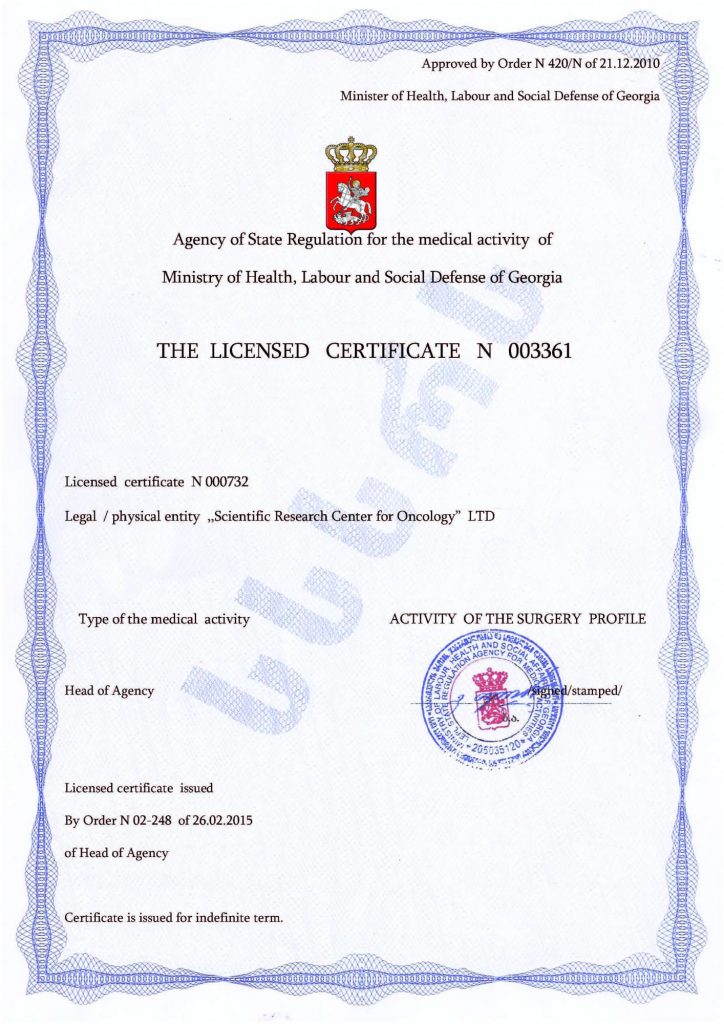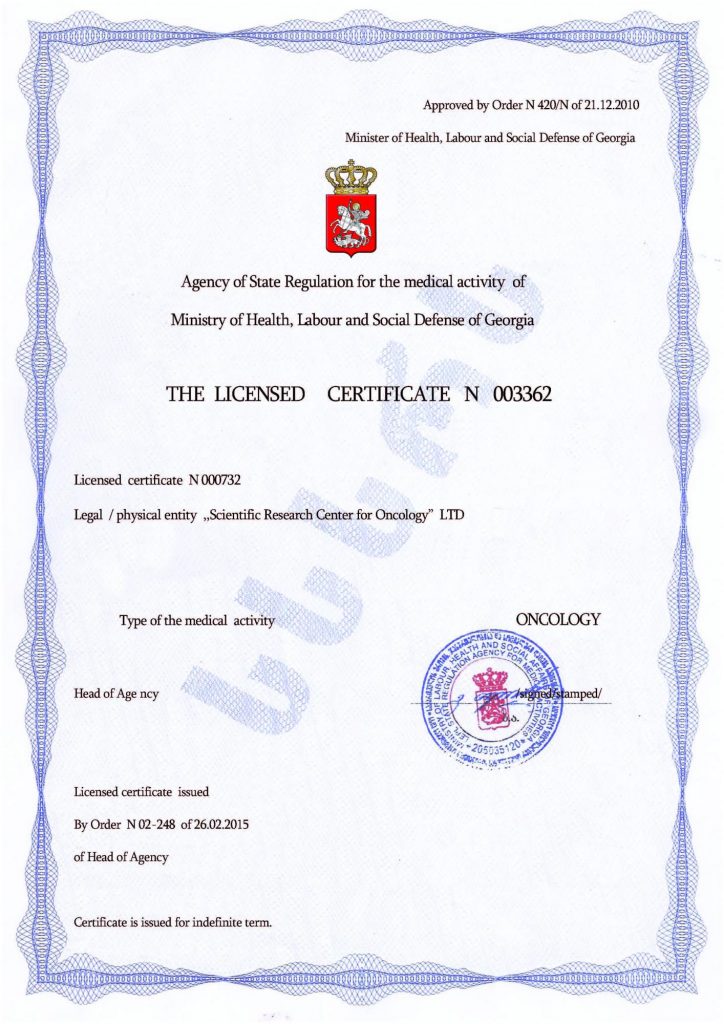The Role of Hobbies in the Lives of Children with Autism
Almost every person has certain topics or activities that they are particularly interested in. However, for children with autism, hobbies become not just leisure activities but key tools for development, socialization, and emotional regulation. Research on the characteristics of hobbies in children with autism, as well as practical recommendations, highlight the following aspects.
- Compensatory and Stabilizing Functions
- Reducing anxiety: Special interests (e.g., collecting trains, building structures) create a predictable structure, helping to cope with the chaos of the surrounding world.
- Sensory regulation: Repetitive actions (such as rocking, manipulating objects) help to compensate for sensory overload or deficiencies. For example, playing with water or sand can help organize tactile sensations.
- Emotional release: Hobbies create “safe islands” where the child can recover from stress. As noted by many individuals with autism, this is “the only time when the mind clears.”
- Development of Cognitive and Social Skills
- Cognitive activity: Deep engagement in a particular topic trains memory, attention, and analytical thinking. Research shows that children with autism dedicate up to 26 hours per week to special interests, often acquiring encyclopedic knowledge.
- Socialization: Joint hobbies (e.g., swimming, hiking) become a “bridge” for interaction with peers. For example, group puzzle assembling or model building teaches sequence and cooperation.
- Communication: Interests serve as a topic for dialogue. A child passionate about “Star Wars” is more likely to use speech to discuss the plot.
- Therapeutic and Educational Potential
- Correction of motor skills: Physical activities improve coordination and balance, which is especially important for children with hypotonia. Creative activities help develop fine motor skills and visual-motor integration.
- Emotional expression: Children use art to express fears or joys when verbal expression is not accessible. Drawing to classical music helps visualize emotions.
- Academic integration: Interests can be incorporated into the educational process. A fascination with insects is useful for learning biology, and a love of trains can aid in explaining physical laws.
- Risks and Strategies to Minimize Them
- Hobbies turning into obsessions: Sometimes, interests become rigid (e.g., repeatedly listening to the same song). Criteria for pathology include an inability to switch tasks even under stress and the rejection of basic needs (such as eating or sleeping).
Strategies for balance can vary: - Gradual expansion: If a child is only interested in dinosaurs, the topic of animal evolution can be introduced.
- Creating a visual schedule: Establishing clear boundaries on how much time can be dedicated to special interests reduces anxiety.
- Sensory adaptation: If a child is hypersensitive to sounds, they may be encouraged to use maracas rather than trying to play a drum set.
It is important for parents and educators to observe preferences and identify which specific stimuli (sounds, textures) spark interest. If a child ignores toys but is fascinated by clock mechanisms, this could form the basis for choosing a hobby. Structuring activities by creating clear zones for different tasks can reduce anxiety. Focusing on strengths can also be beneficial later on: perhaps the child who enjoys puzzles might grow up to be a computer genius, while someone interested in animal care may become a veterinarian.
For children with autism, hobbies are not just a “pleasant addition” to daily life; they serve as an element of therapy, compensating for sensory and communication difficulties, unlocking potential, and forming the foundation for a future profession. The key to success is the flexible use of interests without suppressing their specificity. Potential risks can be mitigated, obsessive behavior avoided, and a well-rounded personality developed if the neurological causes of autism and its manifestations are addressed.
Currently, the most effective method to overcome these challenges with the highest chances of success in the shortest time is stem cell therapy. This innovative technology is distinctive because it does not rely on medications or psychological interventions but instead harnesses the body’s own regenerative capabilities. The essence of this treatment involves stem cell transplantation — basic elements that constitute all tissues and are not specialized.
A key benefit is that the stem cells are taken from the patient themselves, ensuring no risk of rejection after transplantation. The uniqueness of stem cells lies in their ability to transform into any other type of cell and replace damaged ones with healthy analogs. As a result, shortly after the procedure, brain and nervous system activity is normalized, behavior stabilizes, overall development accelerates, and individual skills are formed or improved. The intensity of autism symptoms is reduced, and often they disappear entirely, having no further impact on everyday life. These changes are long-lasting, often permanent, leading to increased effectiveness of corrective measures.
While stem cell therapy was once considered experimental, it is now proven to be far more effective than traditional methods. It is likely to become the primary method of combating autism and its symptoms in the future. Leading clinics around the world are now using this approach, including the Mardaleishvili Medical Center. The highly qualified specialists there have extensive successful experience with stem cell transplantation and access to state-of-the-art equipment, allowing for the best possible results. The treatment quality adheres to the highest global standards, but it is priced lower than in other countries with advanced healthcare systems. Additionally, the center provides comprehensive assistance with travel arrangements and other issues, including accommodation during the rehabilitation period.
Fill out the feedback form — therapy will support your child in their hobby!
Autism Treatment Center Videos
Autism treatment with own stem cells
Cord blood association congress
International Quality Crown
Autism Treatment Reviews
Autism treatment with own stem cells
The story of Alessandro (6 years old)
Autism Patient Testimonial - Stem Cell Treatment
Clients Testimonials
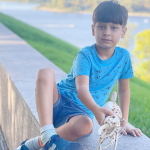
Review by Anastasia, mother of Yusup (8 years old) Read More
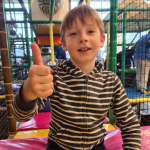
Feedback from Nathalie, mother of Andre (9 years old) Read More

Feedback from Yulia, mother of Emily (7 years old) Read More
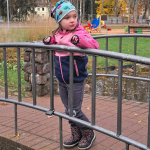
Feedback by Everita, Katrina’s mother (5 years old) Read More
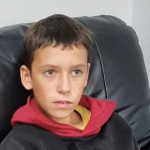
Feedback from Igor, David’s father (12 years old) Read More
